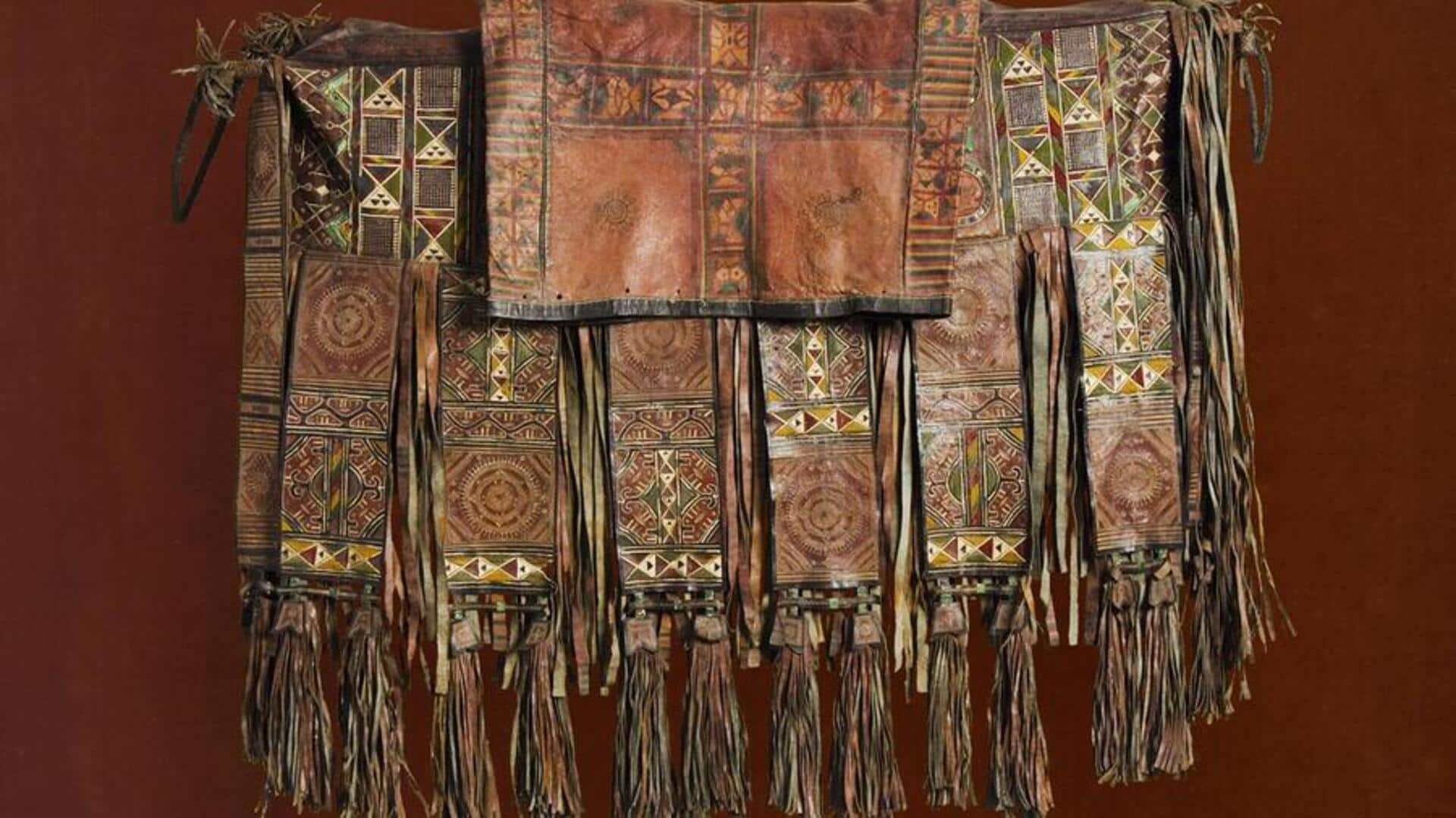
Tuareg leatherwork: Techniques, history, and more
What's the story
Tuareg leatherwork is a centuries-old craft that displays the artistic skills of the Tuareg people of North Africa. From intricate designs to durable products, the artisans create beautiful pieces that reflect their cultural heritage. The leatherwork is not just an art form but also a means of preserving traditions and providing livelihoods. Here are five unique facts about Tuareg leatherwork that highlight its significance and uniqueness.
#1
Intricate geometric patterns
Tuareg leatherwork is famous for its intricate geometric patterns, which are inspired by the natural world and cultural symbols. These designs are not just decorative but also carry deep meanings, often telling stories or signifying important events in Tuareg history. The artisans use these patterns to express identity and heritage, making each piece unique.
#2
Use of natural dyes
Artisans use natural dyes from plants and minerals to color their leatherwork. These dyes are eco-friendly and ensure that the colors are rich and vibrant. The use of natural dyes also makes sure that the traditional methods are preserved, as the artisans have been using them for generations.
#3
Traditional tools still in use
Despite modern advancements, many Tuareg artisans still use traditional tools for leatherwork. These tools have been passed down through generations and are essential for achieving the precision and quality characteristic of Tuareg pieces. The continued use of these tools helps preserve the authenticity of the craft.
#4
Leather as a symbol of status
In Tuareg culture, leather items are often considered symbols of status and wealth. High-quality leather goods can be seen as indicators of social standing within communities. This cultural significance adds another layer to the artistry involved in creating these products.
#5
Economic impact on communities
Tuareg leatherwork also plays an important role in supporting local economies across North Africa. By providing employment opportunities to artisans, it helps sustain livelihoods while promoting cultural heritage through trade. This economic impact highlights how traditional crafts continue to thrive in today's global market.